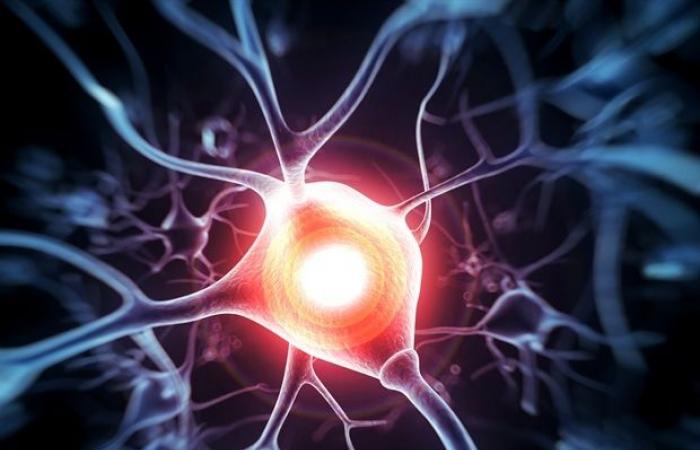Researchers have developed an ink that makes neurons grow and uses the body’s own electrical signals to precisely control the growth of nerve cells.
The bioconductive ink can be printed in lines to determine where neurons are growing, which is a major challenge in the emerging field of nerve engineering.
The research team from Australia, India and Bangladesh tested the ink on a biocompatible scaffold and published their promising laboratory results in the journal RSC advances.
The lead author, Dr. Shadi Houshyar of RMIT University said it was important to focus nerve cell growth in precisely ordered lines in order to reconnect the nerves and heal traumatic nerve injuries.
Nerve cells have to be meticulously managed in order to be able to grow back between the broken ends of a nerve. If they just build up somewhere, they’ll cause more pain or sensory problems.
With our bioconductive ink, we can concentrate neuron growth where we need it.
Our research is at an early stage, but as development continues, we hope that one day damaged nerves can be fully reconnected to improve the lives of millions of people around the world. ”
Dr. Shadi Houshyar, Hauptautor, RMIT University
There are currently limited ways to restore function when an injury results in large peripheral nerve gaps.
Nerve grafts, where surgeons harvest nerves from elsewhere in the body to bridge a gap, can lead to complications such as painful neuromas, misalignment of neural cell growth, and injury at the harvest site.
Although new alternative techniques such as artificial nerve guides exist, they often fail to achieve full functional or sensory restoration because they do not properly replicate the nerve tissue.
Driving the regeneration of nerve cells
The new nerve-regenerating ink combines the neurotransmitter dopamine – known for the survival of nerve cells – with a conductive carbon nanofiber and a conductive polymer.
The nanofiber and polymer allow the controlled release of dopamine from the ink, which helps develop neurons to survive longer.
Because the nanofiber is conductive, it can also harness the power of bioelectricity – the electrical signals generated by the nervous system that play a key role in maintaining biological function and can accelerate wound healing.
“Using conductive materials allows electrons to move freely, stimulates cell growth, and helps connect injured nerve tissue,” said Houshyar, Vice Chancellor’s research fellow at the RMIT School of Engineering.
As part of the research, the team also developed a biocompatible scaffold so that the ink could be printed in lines and tested on human cells.
The study found that the printed lines aid in neural cell attachment and migration – both important for nerve regeneration.
Cell differentiation was also increased, with nerve cells becoming more specialized as they grew.
“This supports proper communication with other neurons, which is promising for setting up neural circuits for sensory and motor processing. This gives hope that the technology can lead to real restoration of nerve function, ”said Houshyar.
The next phase of research is to test the ink and scaffold in pre-clinical animal studies and explore other applications.
“Our ultimate goal is a nerve technology solution that can control the growth of the right nerve cells in the right places,” she said.
“We also want to explore how we can expand the potential uses of this technology to accelerate wound healing and improve patient recovery.”
The researchers confirm the support of the RMIT facility for microscopy and microanalysis.
Journal reference:
Houshyar, S., et al. (2020) Three-dimensional directional nerve guide lines, produced by dopamine-functionalized conductive printing on nanocomposite inks based on carbon nanofibers. RSC advances. doi.org/10.1039/d0ra06556k.
These were the details of the news Bioconductive ink with neuron growth offers hope for people with nerve... for this day. We hope that we have succeeded by giving you the full details and information. To follow all our news, you can subscribe to the alerts system or to one of our different systems to provide you with all that is new.
It is also worth noting that the original news has been published and is available at de24.news and the editorial team at AlKhaleej Today has confirmed it and it has been modified, and it may have been completely transferred or quoted from it and you can read and follow this news from its main source.

